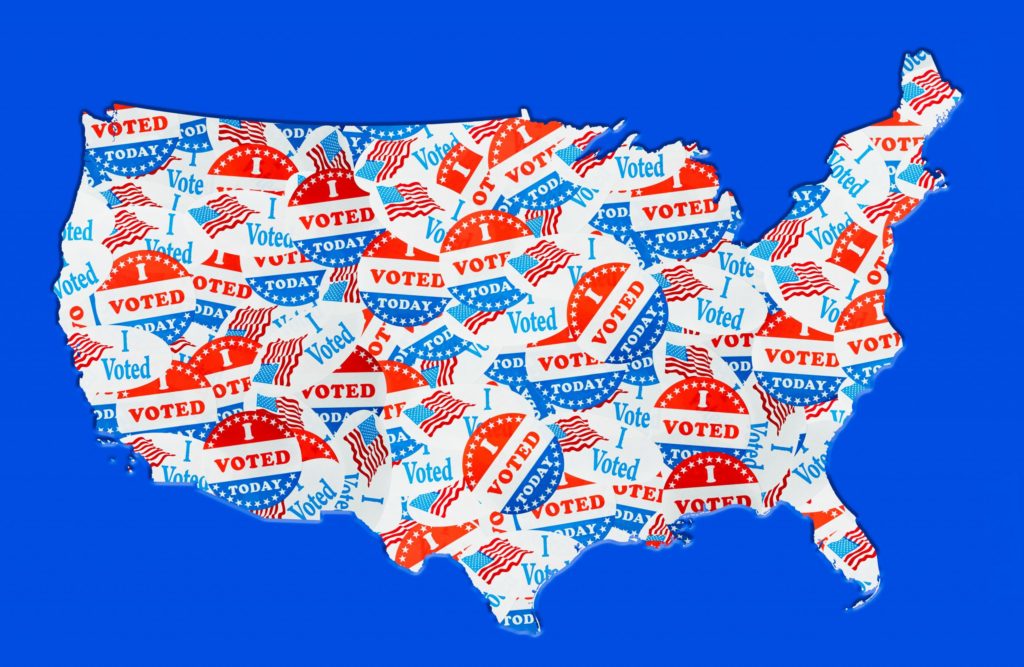For insurers, California’s ‘diverse procurement’ is well-meaning and wrong
Under Section 927.2 of the California Insurance Code, insurers writing $100 million or more in annual premiums in the state are required to submit reports to the Department of Insurance on what efforts they’ve made to procure business from firms owned by racial minorities, women and disabled veterans.
On the face of it, this “diverse business procurement” policy is laudable, because it seeks to empower historically marginalized communities while being minimally invasive and nominally disruptive to insurers. Deeper analysis yields a different conclusion, especially when one considers the unique degree of government involvement such a policy requires.
The degree to which government should be involved in business judgments should be predicated on the degree of separation between government and private conduct. The closer the private conduct is to the operation of government, or the extent to which the private conduct is dependent upon government sanction, the better the government’s case for substituting its goals for that of the private entity in question.
In the case of California’s diverse business procurement efforts, three tiers of involvement have developed. At the first tier is the state government itself, which is well within its proper scope of authority when it establishes its own procurement framework. Second are quasi-governmental bodies and third are heavily regulated private bodies. The distinction between the final two tiers is important for policy makers to keep in mind when they consider which praiseworthy objectives are to be achieved through disruptive means.
In California, in the second tier, state government has long obligated private actors to seek to redress social ills by substituting its policy preferences for private business judgment. Supplier diversity programs are designed to improve the financial standing of historically marginalized communities by channeling specific business expenditures (paper supplies, for instance) to firms that are owned by women, minorities and disabled veterans. The channeling function is created by obligating regulated parties to publicly report the extent to which their business procurement is “diverse.” Since 1986, firms that are subject to regulation by the California Public Utilities Commission have been made to report the extent to which they have achieved “diverse business procurement.”
Public utilities were the first candidates for adoption of diverse supplier requirements because of their close regulatory relationship with the state. Utilities are granted quasi-monopoly status because they meter out public services broadly thought of as essential goods. As a result, public utilities do not function in highly competitive markets. As protectors of the public utilities’ monopolies on public goods, policymakers saw little harm in directing them to seek out diverse suppliers at the admittedly nominal expense of ratepayers.
However, more recently, California’s highly regulated insurers have become entangled in similar treatment. Quickly drawn comparisons between public utilities and insurers give the mistaken impression that the two are not dissimilar. For instance, like public utilities, insurers are heavily regulated. Like public utilities, insurance products are purchased by virtually all Californians. Where the similarities end and where the meaningful distinctions between the two begins is the point at which consumer choice enters the equation.
The government-protected quasi-monopoly status enjoyed by public utilities and the competitive marketplace in which insurers operate requires that the two approach their consumers differently. While public utilities rely on tangible materials subject to physical scarcity or decay, insurers offer services of a non-physical nature, which are capable of rapid change and innovation to meet consumer demand. This has led to a voluntary insurance market in which market advantages are sought by attempting to maintain low rates through innovation and hard-fought proprietary advantage – not through state protection.
Were policy makers interested, they would find that their heavy-handedness is working at cross purposes with their stated objective. By imposing their own priorities on the insurance market, California’s policymakers have not only prevented policy holders from realizing their lowest possible rates – many of whom are themselves historically marginalized – but they have also encumbered the robust procurement diversity programs that insurers already have in place at a national level by subjecting them to state requirements.







